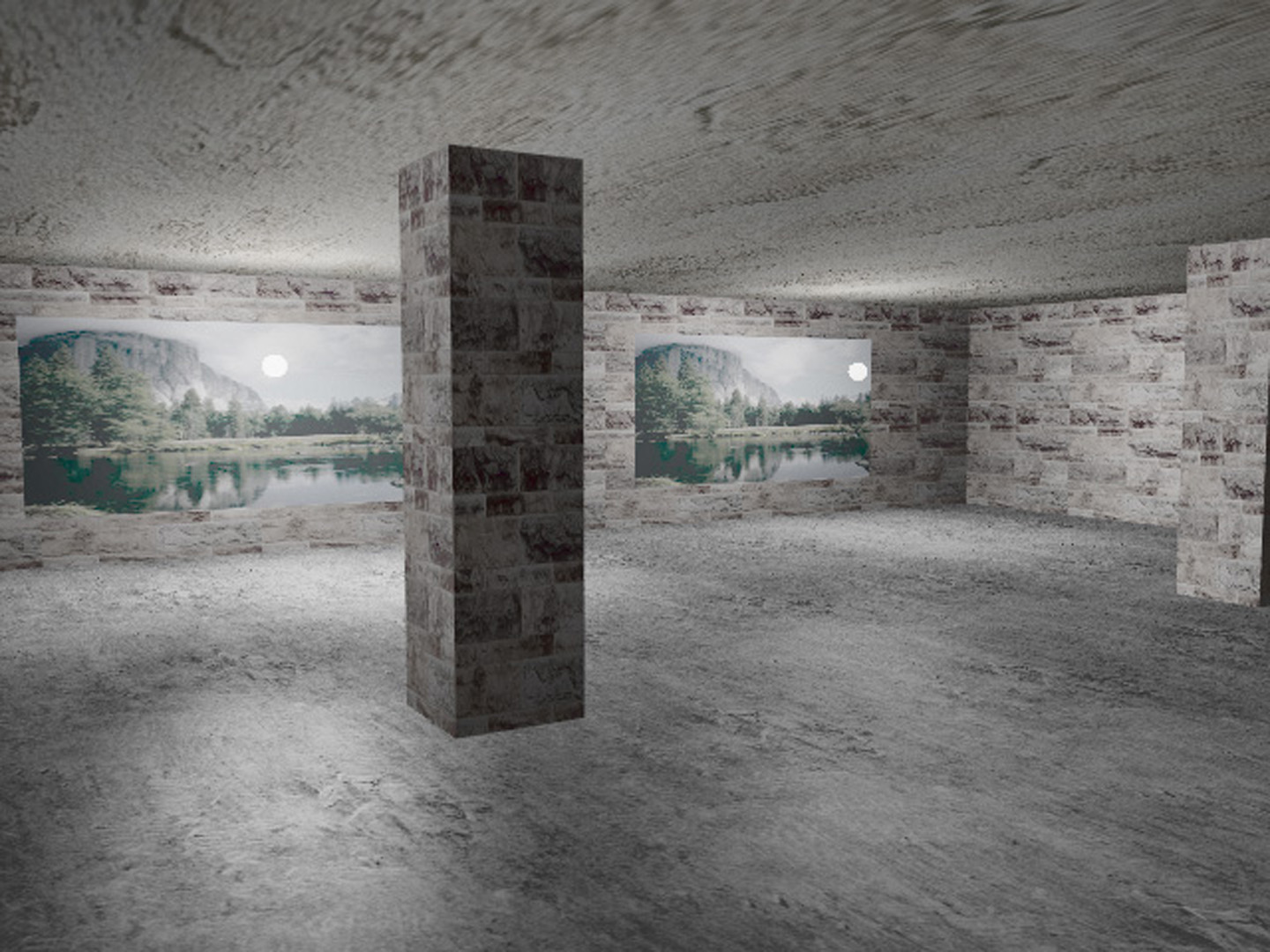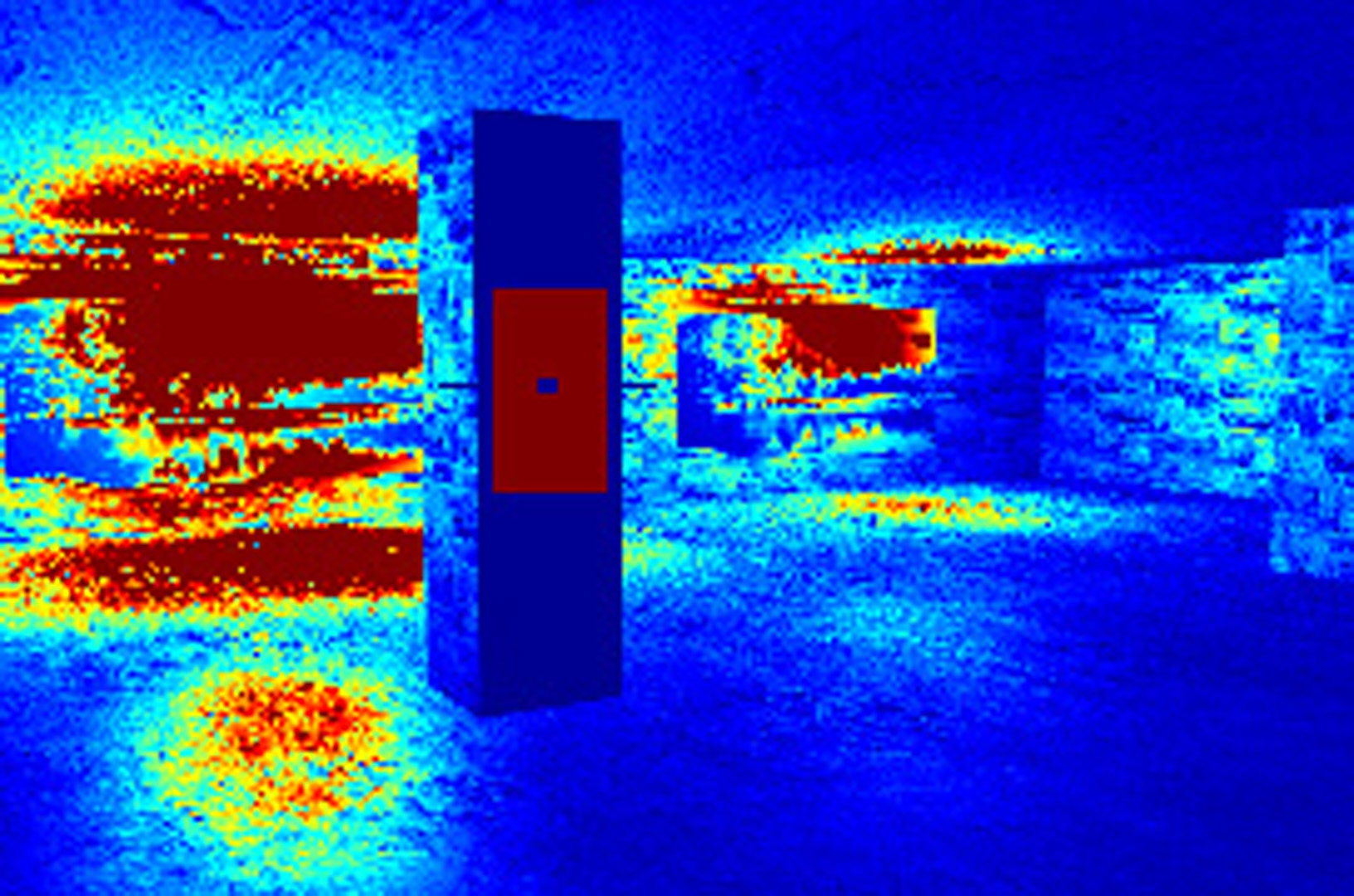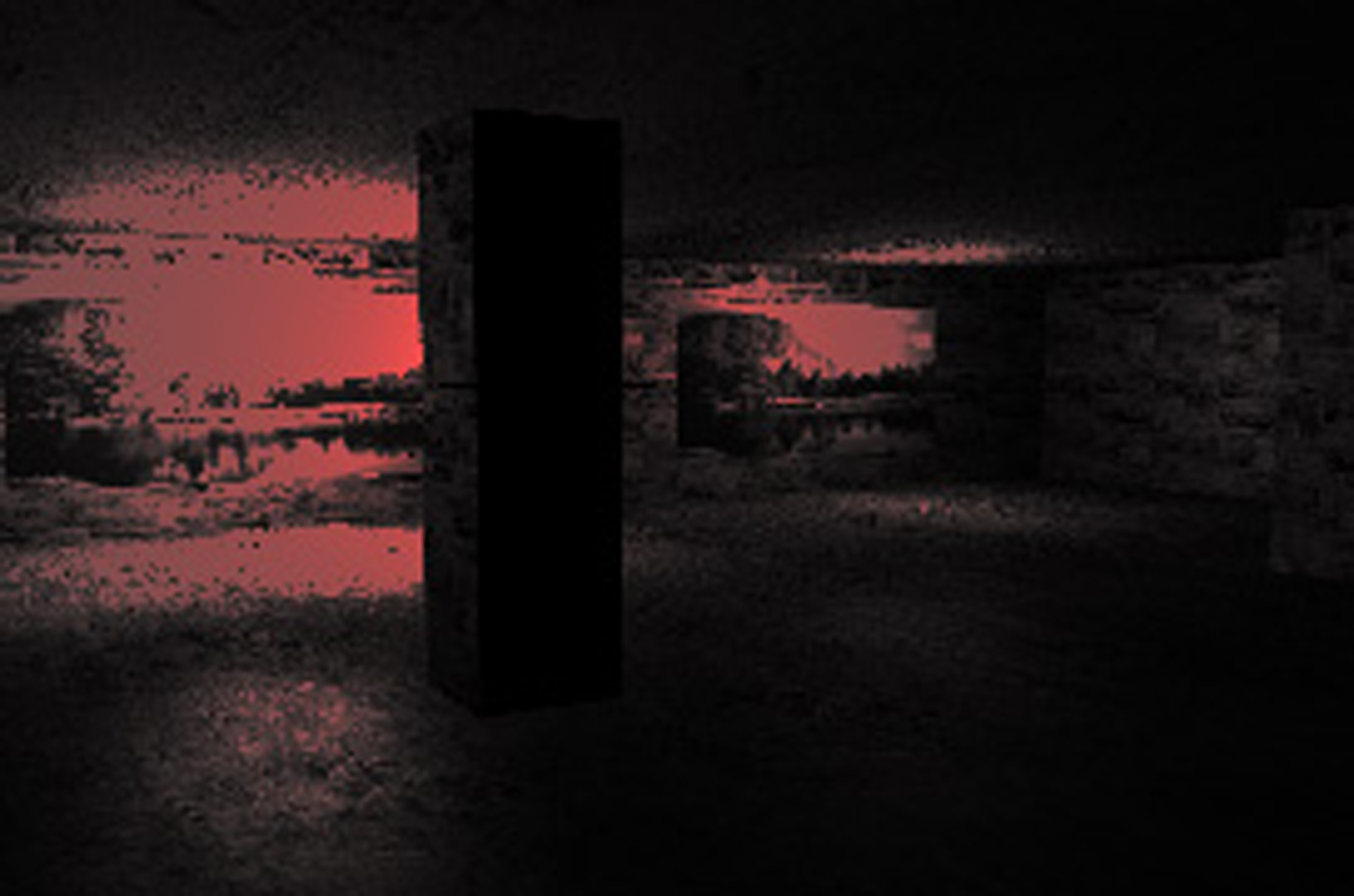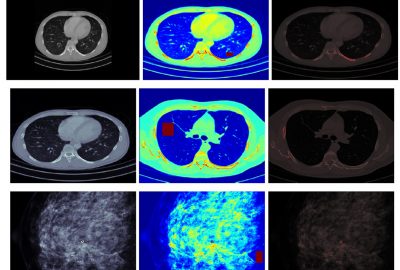“GOTHIC: Glare Optimizer Tool for High-Dynamic-Range Images and Content with Implementation in Video” by Choi, Zafar, Wang, Ramponi, Cheng, et al. …
Conference:
Type(s):
Title:
- GOTHIC: Glare Optimizer Tool for High-Dynamic-Range Images and Content with Implementation in Video
Presenter(s)/Author(s):
Entry Number: 48
Abstract:
The luminance range of the sun to the night sky is approximately 14 orders of magnitude. Current display technology can present approximately three orders of magnitude, however this number is increasing as High-Dynamic-Range (HDR) technology develops to further emulate reality [Seetzen et al. 2004]. Another benefit to HDR technology is the increased bit-depth enabling the display of more information. However, a major limitation in the perception of added bit-depth is veiling glare. The increased luminance range in HDR displays have the ability to produce glare sources that can reduce the visible contrast in neighboring dark areas. This effect is especially undesirable in the visualization of scientific data and in medical images. The HDR presentation must be optimized so that the benefits of a wide luminance range are not diminished by glare in the human visual system. One important question is, what is the largest luminance range that avoids these veiling glare effects while presenting the most bit-depth? We have found that the answer is highly dependent on the spatial and luminance distribution in the image. Many models have been proposed to estimate the veiling glare in a given image. A well known model is High-Dynamic-Range Visual Difference Predictor 2 (HDR-VDP-2) [Mantiuk et al. 2011], a calibrated method able to determine the visibility of differences in HDR images. Building on a number of previous metrics of visible difference, this model operates in a broad range of viewing conditions, from scotopic to photopic vision. More importantly, HDR-VDP-2 can be used to represent the effects of visual glare in signal detection. The inputs of the HDR-VDP-2 are a luminance map of an image, a reference image, and an image with the target. The software outputs the probability of target detection accounting for various visual effects including veiling glare.
References:
1. Choi, M., Zafar, F., Sharma, D., Cheng, W., Albani, L., and Badano, A. 2012. Does veiling glare in the human eye hinder detection in high-dynamic-range displays? Journal of Display Technology.
2. Mantiuk, R., Kim, K., Rempel, A., and Heidrich, W. 2011. HDR-VDP-2: A calibrated visual metric for visibility and quality predictions in all luminance conditions. ACM Transactions on Graphics (TOG) 30.4, 40.
3. Seetzen, H., Heidrich, W., Stuerzlinger, W., Ward, G., Whitehead, L., Trentacoste, M., Ghosh, A., and Vorozcovs, A. 2004. High dynamic range display systems. ACM Transactions on Graphics (TOG) 23.3, 760–768.
Additional Images:
- 2013 Poster: Choi_GOTHIC: Glare Optimizer Tool for High-Dynamic-Range Images and Content with Implementation in Video








